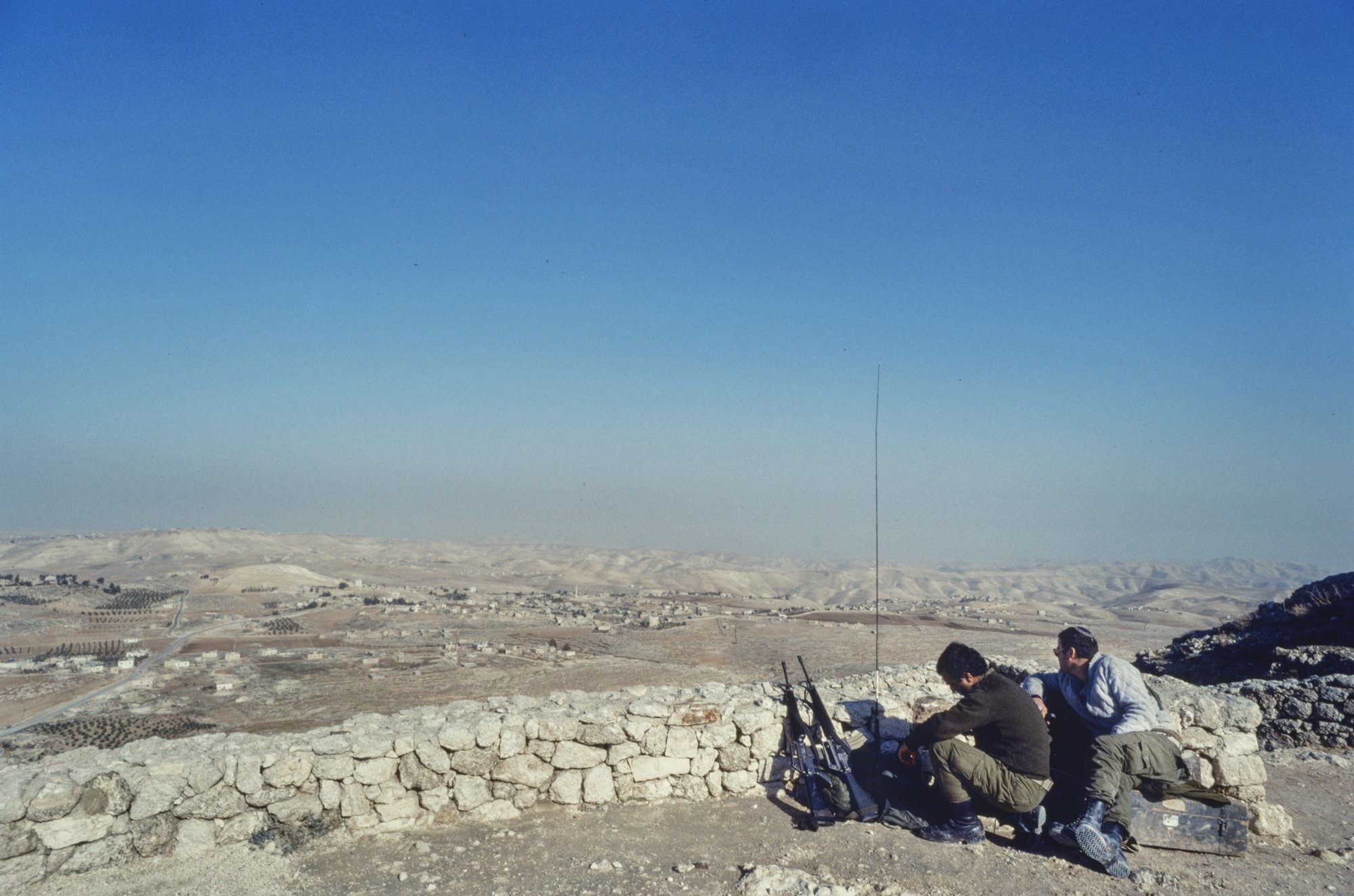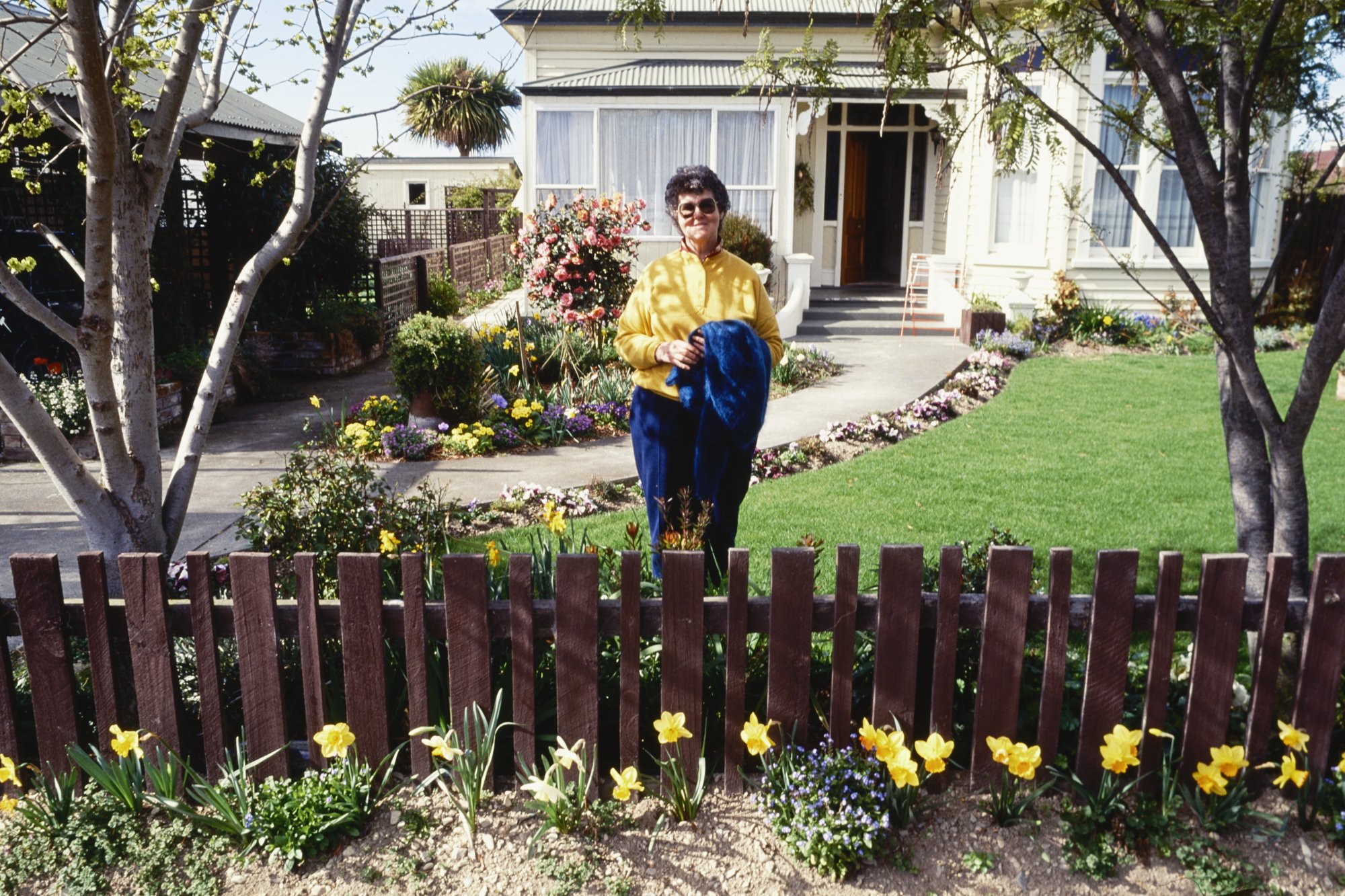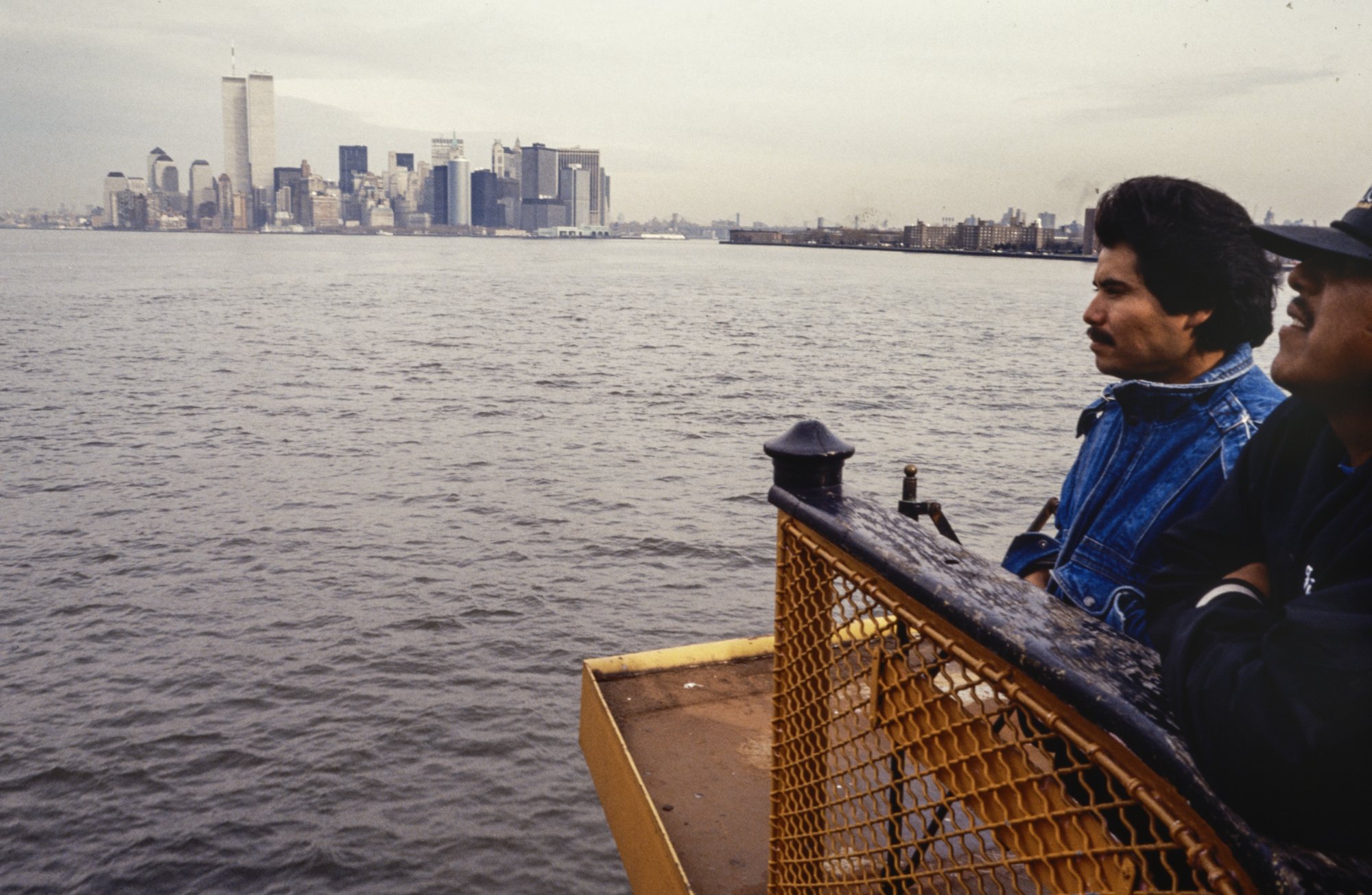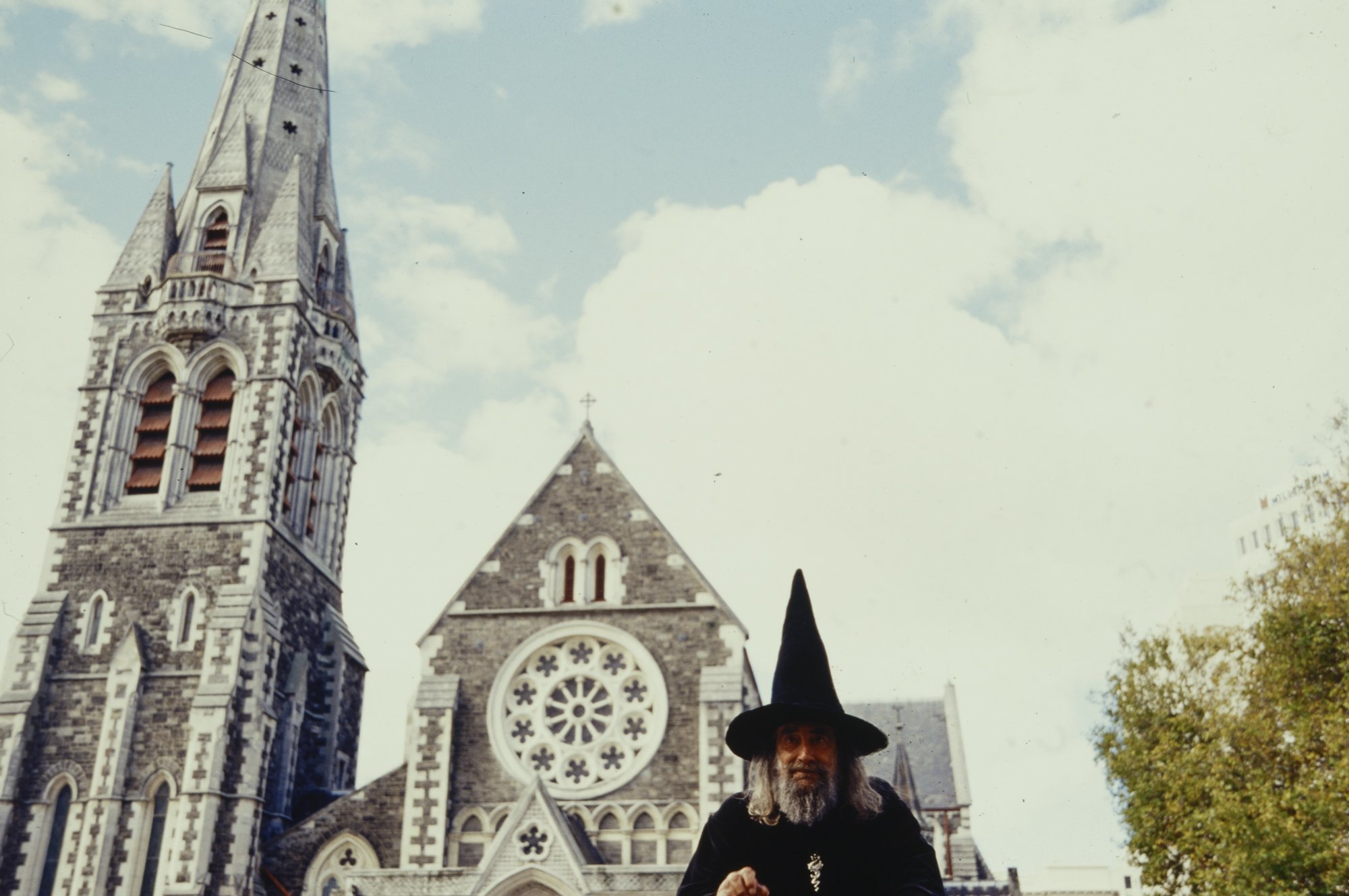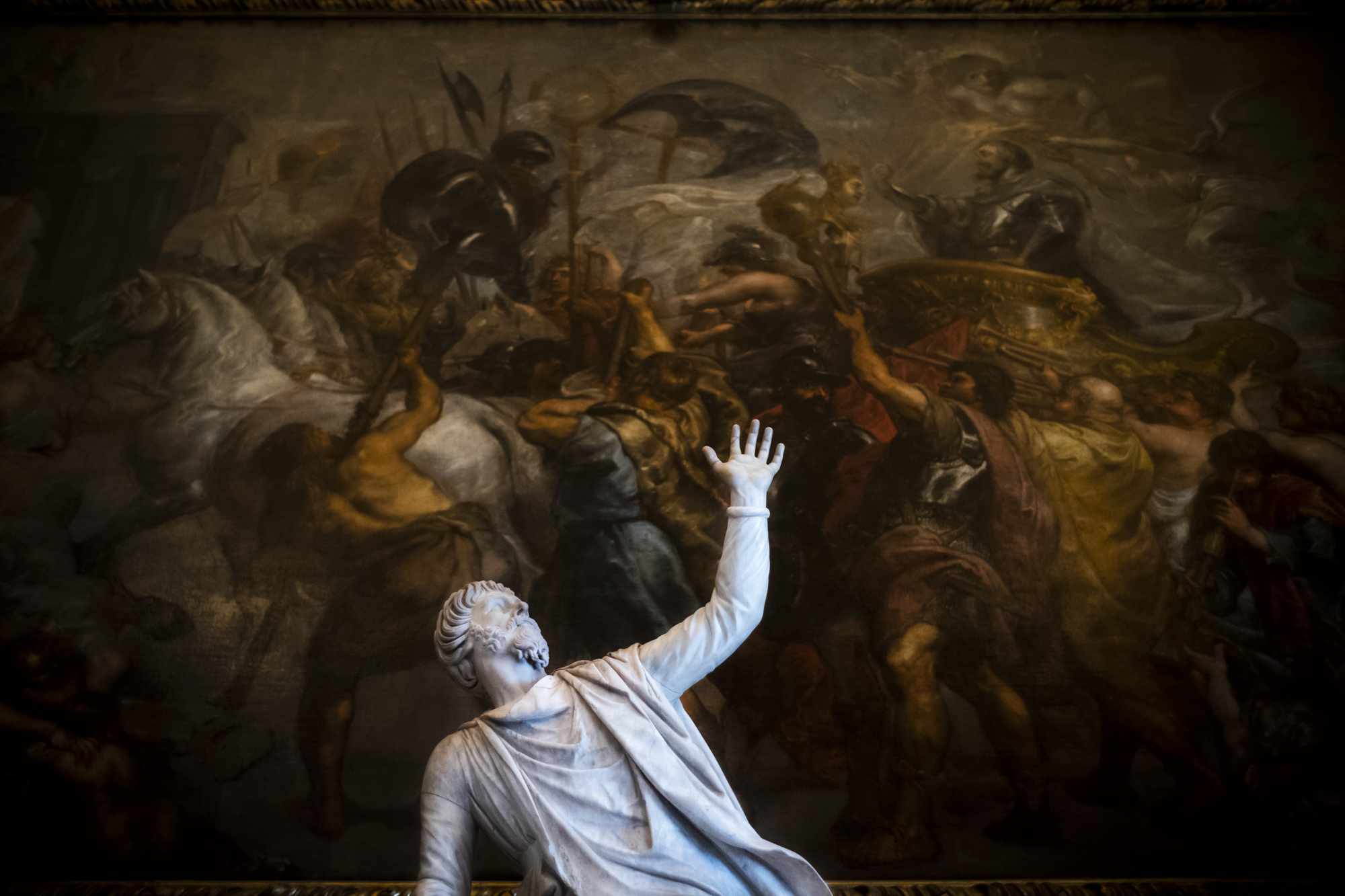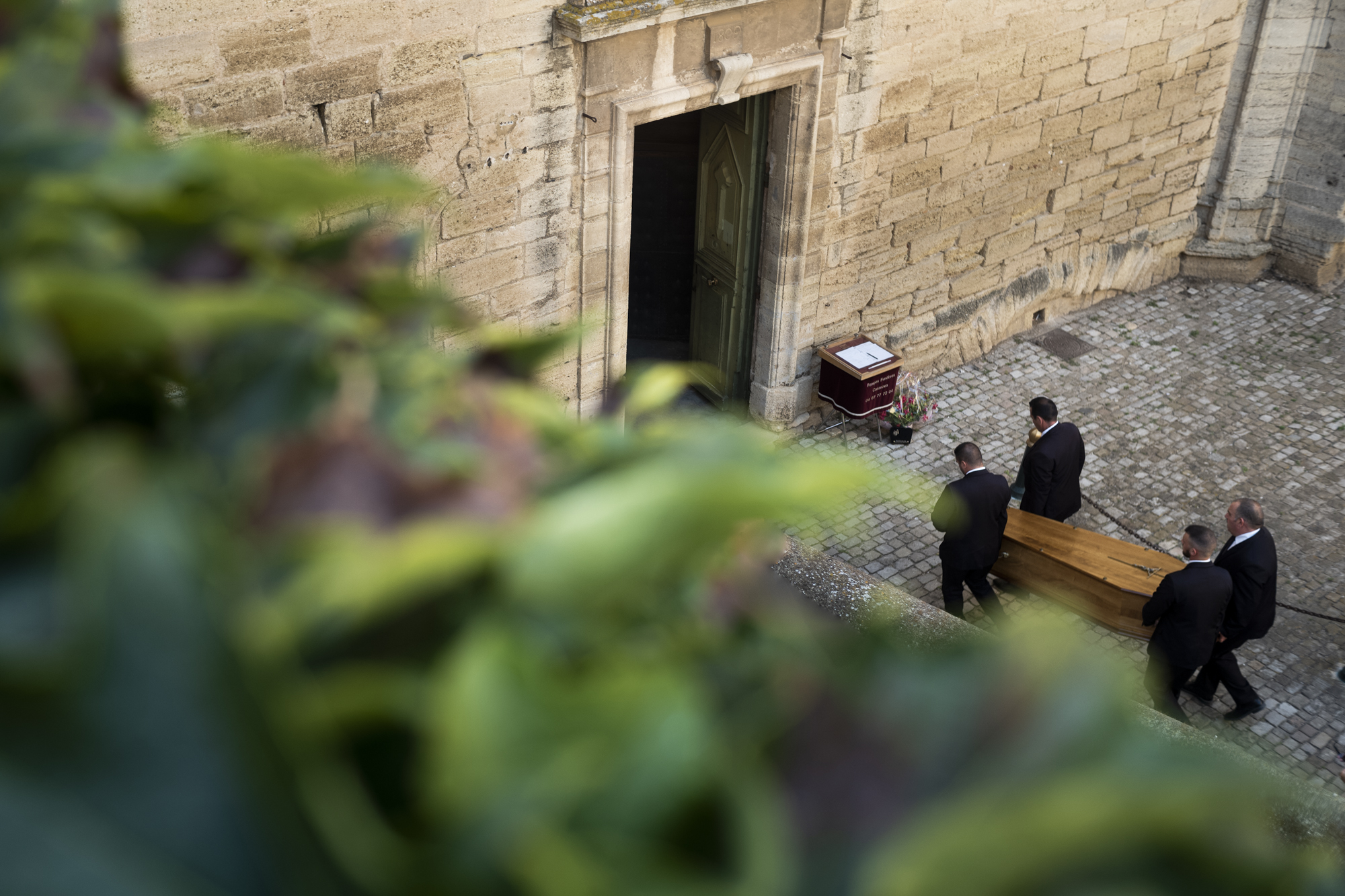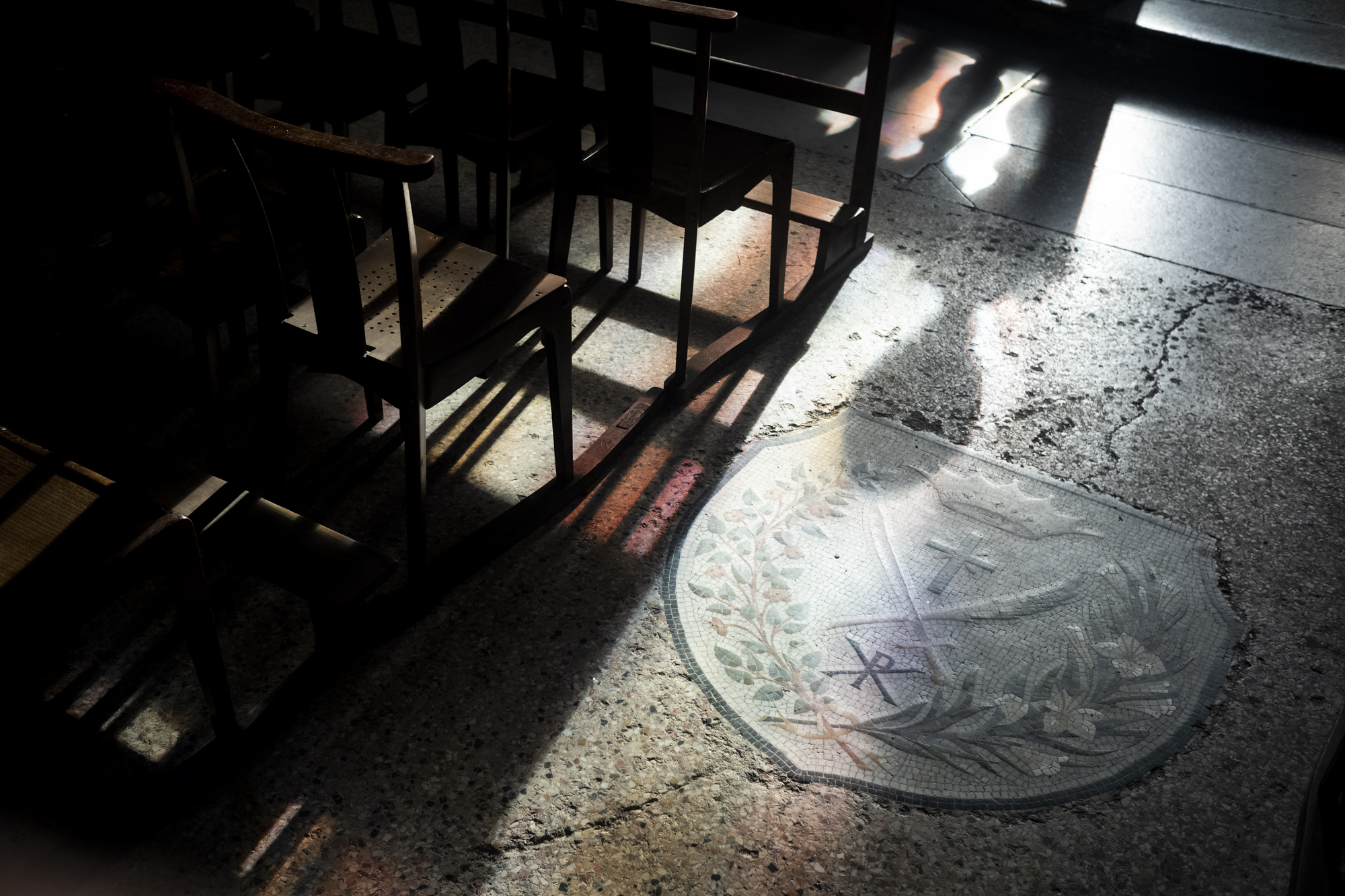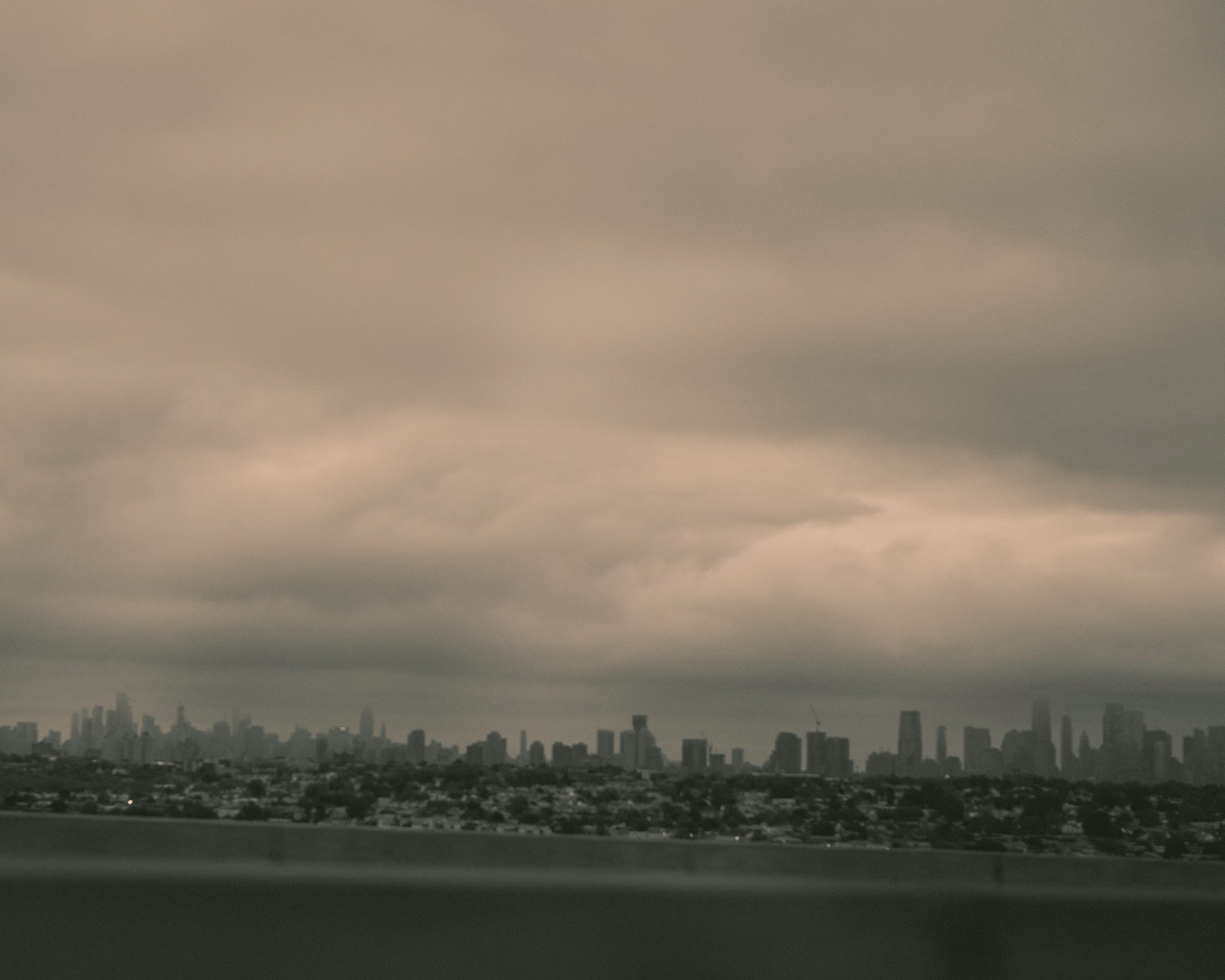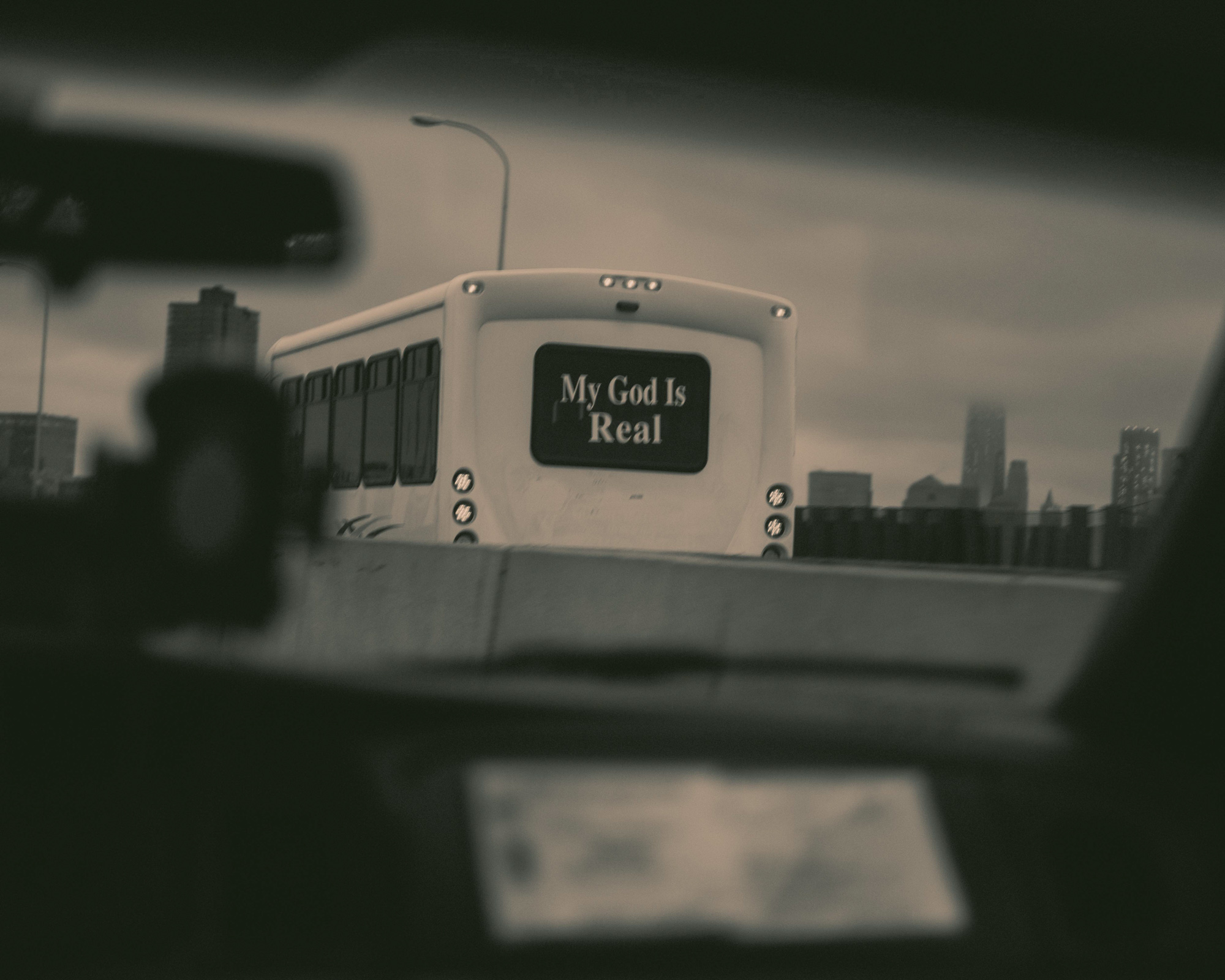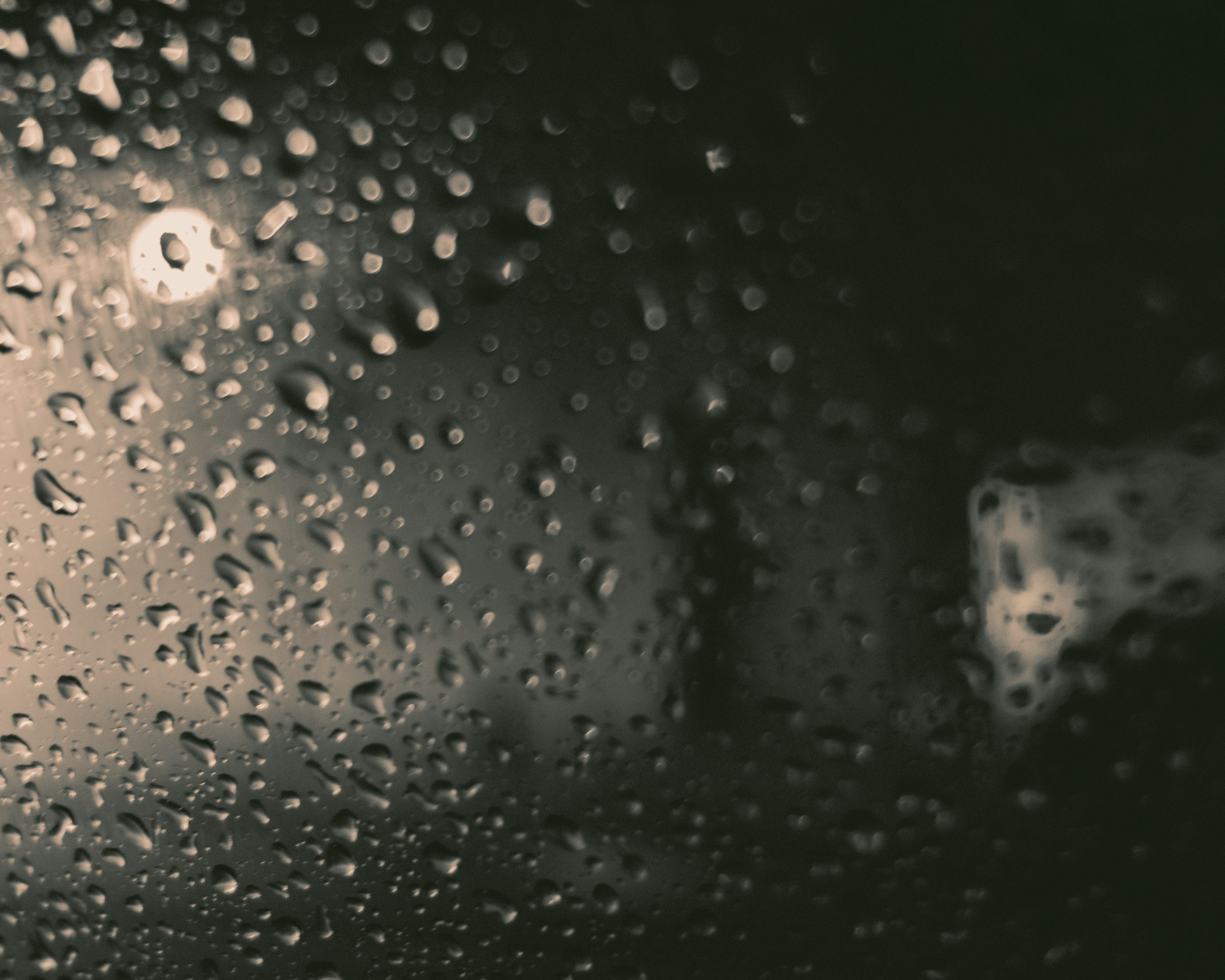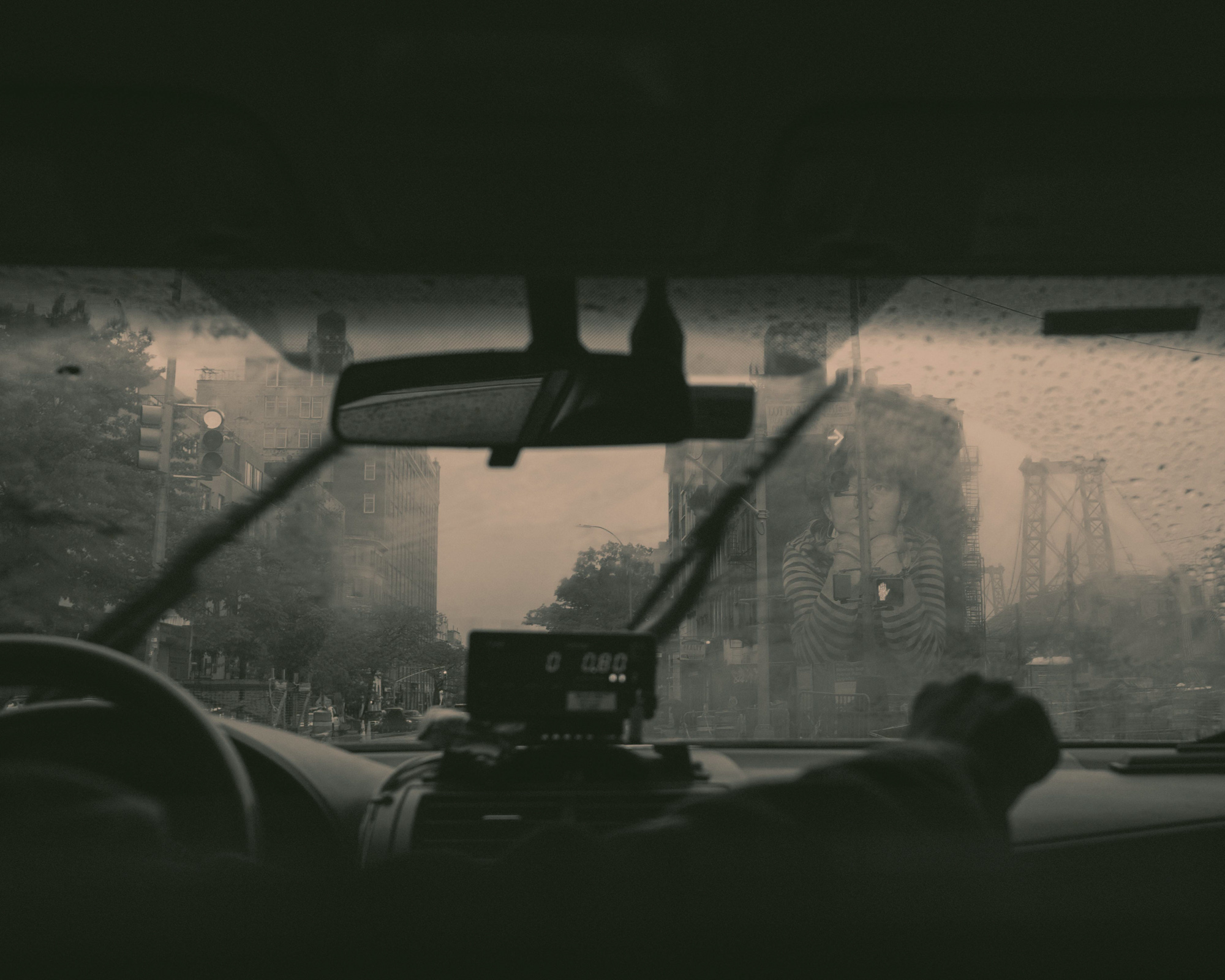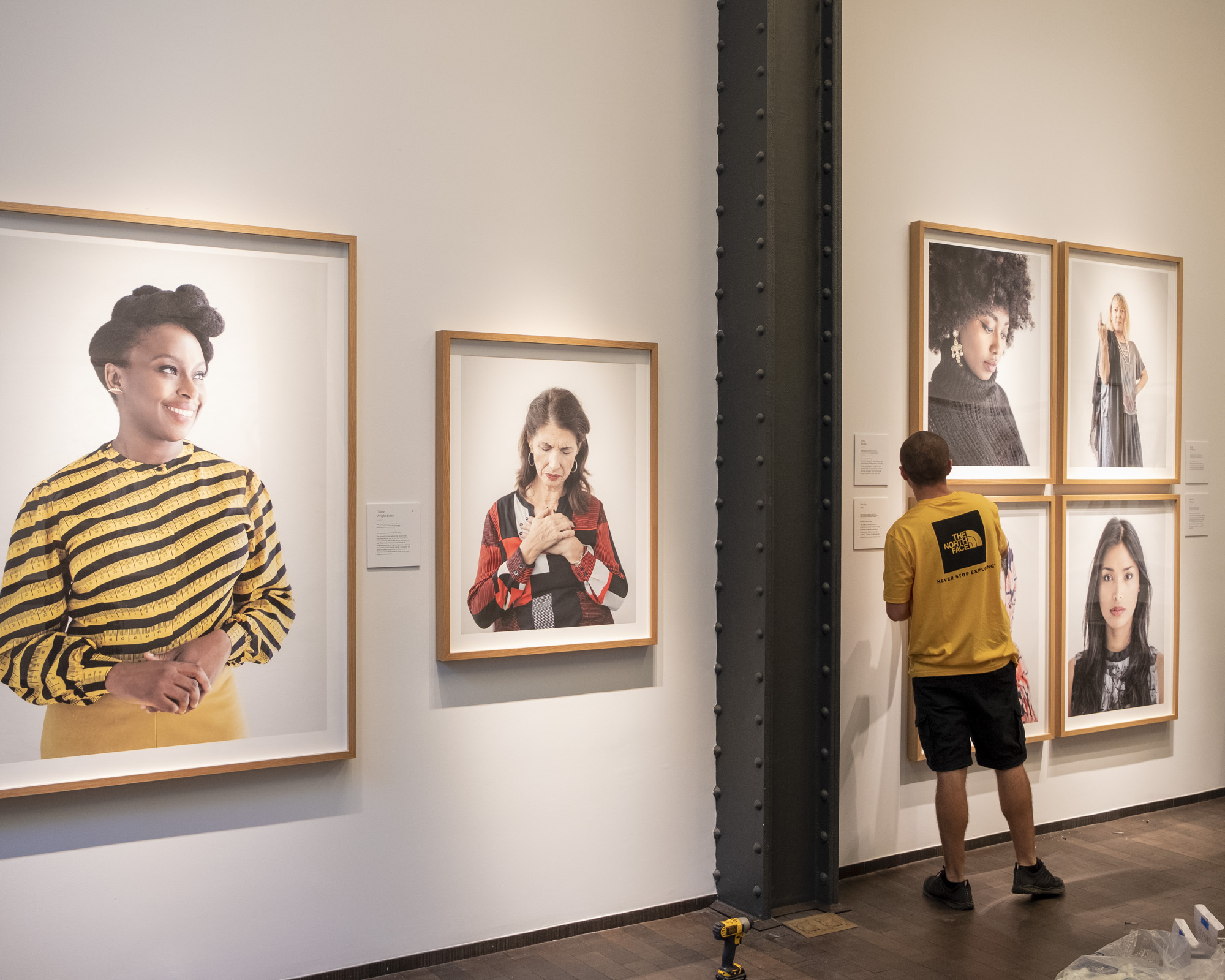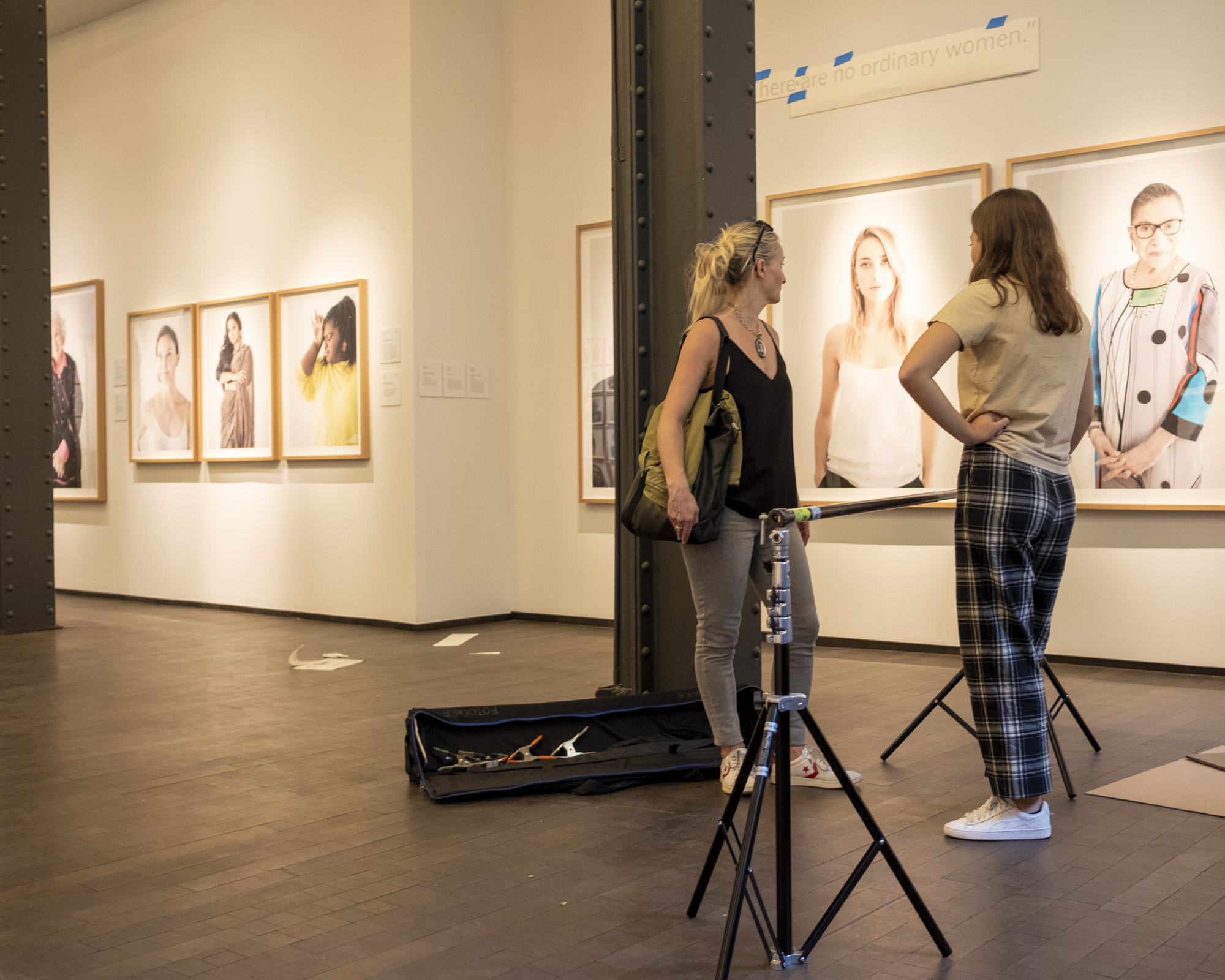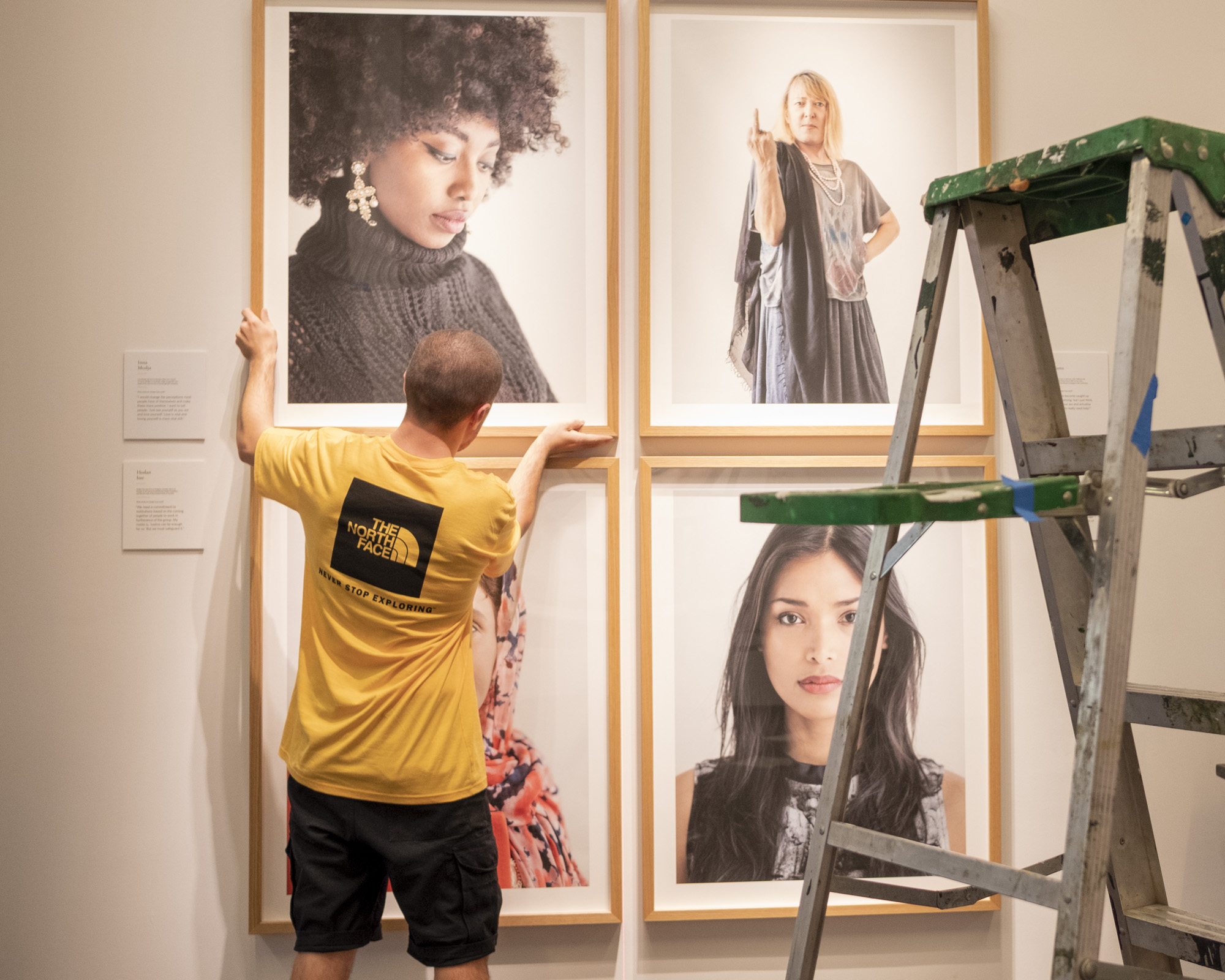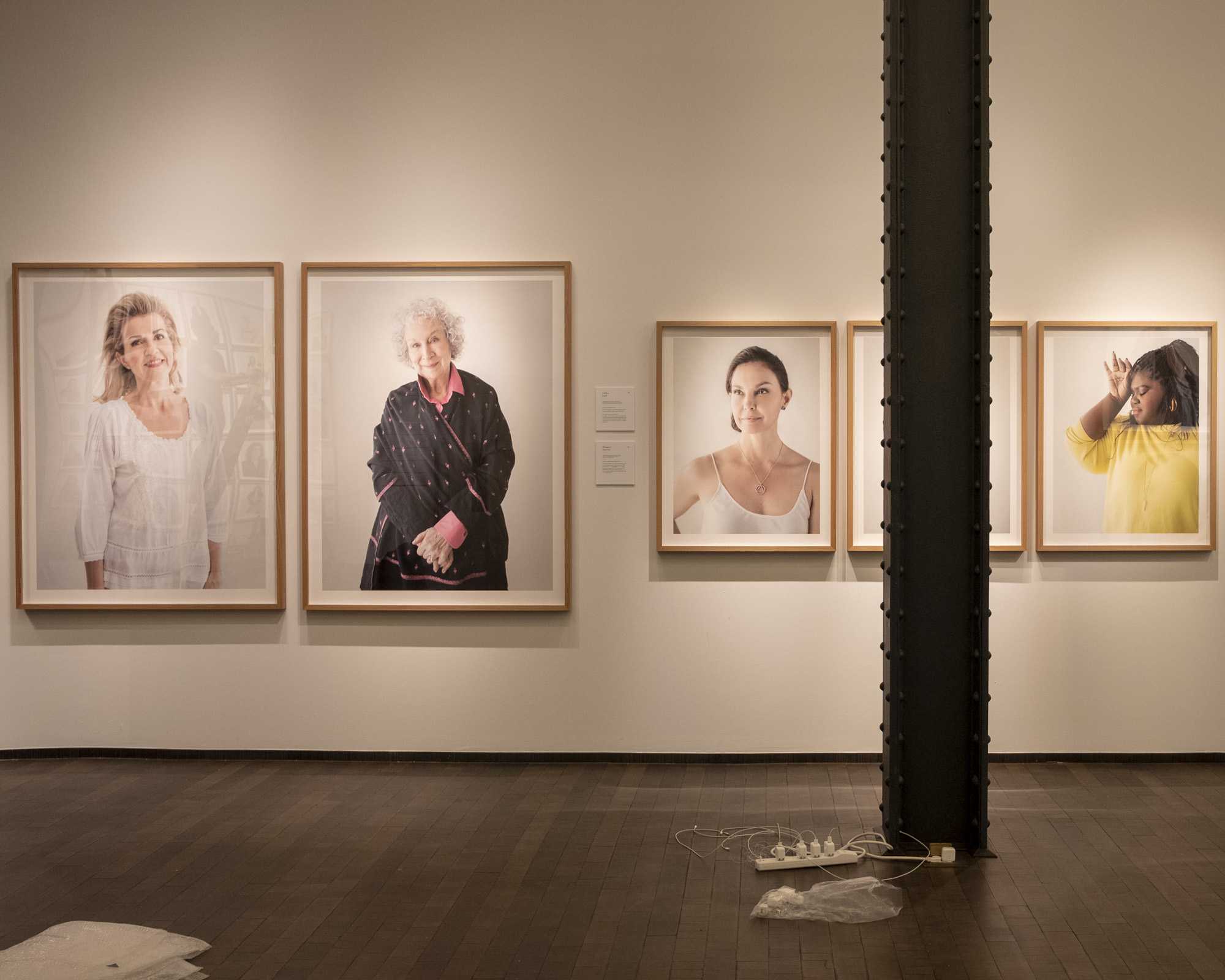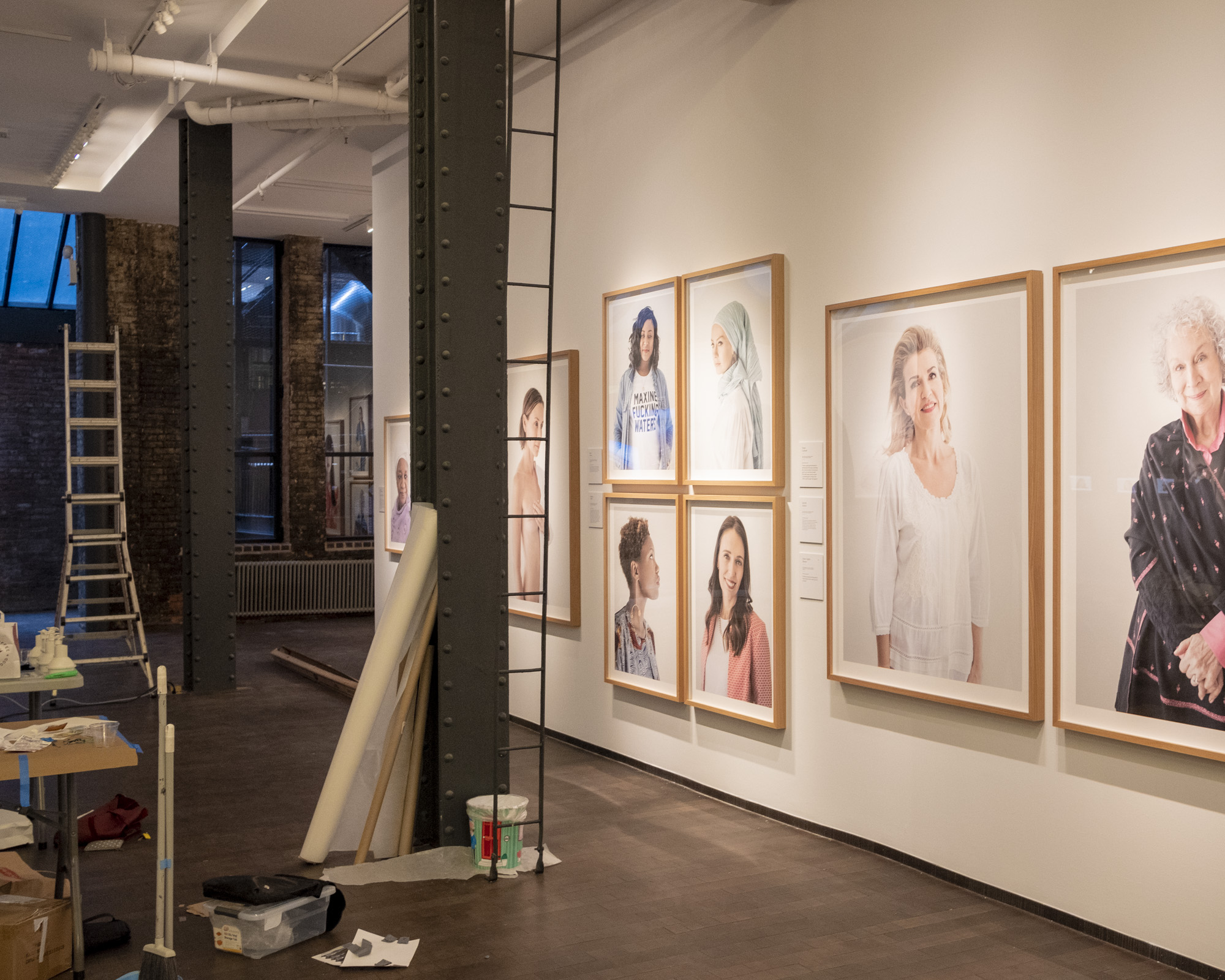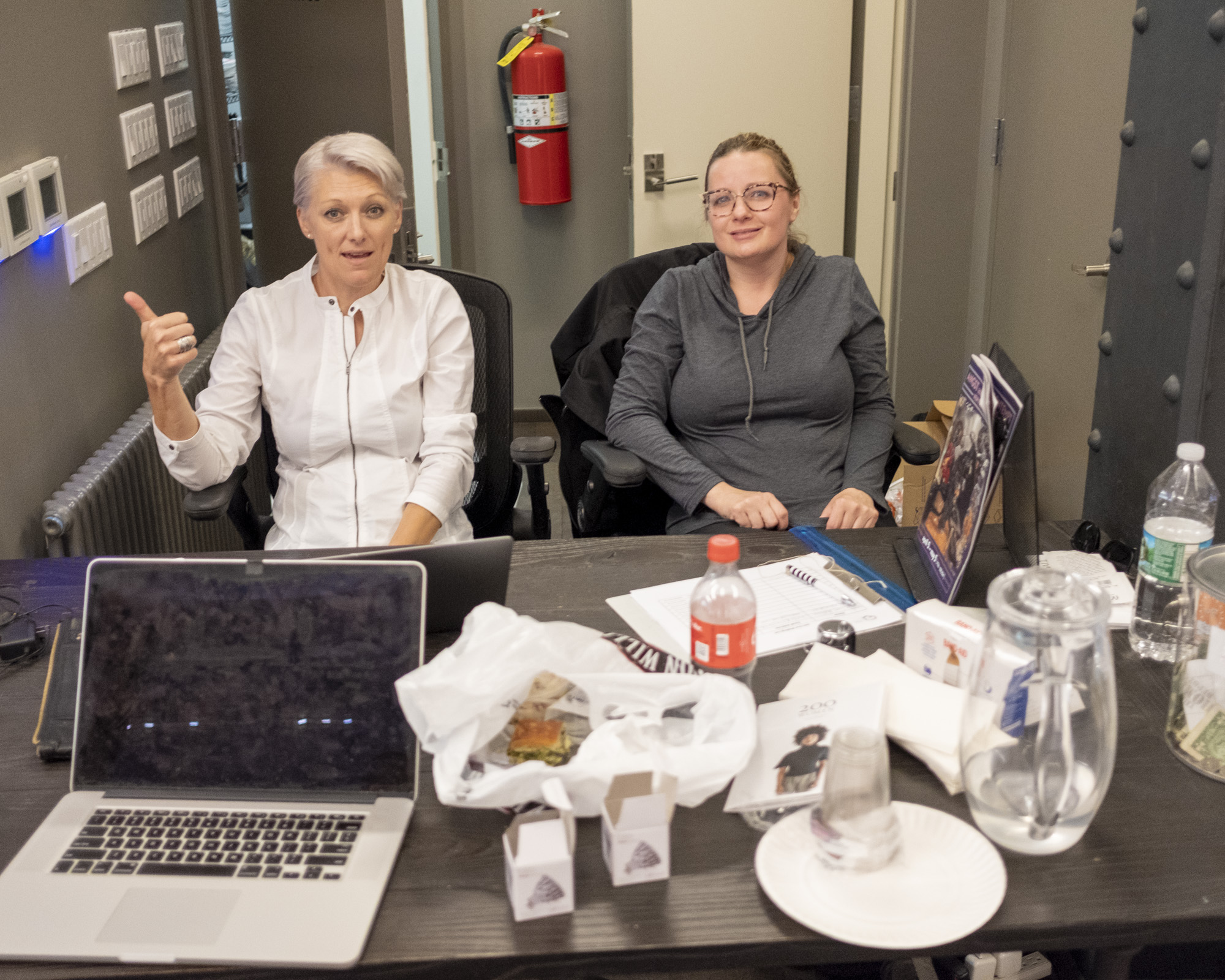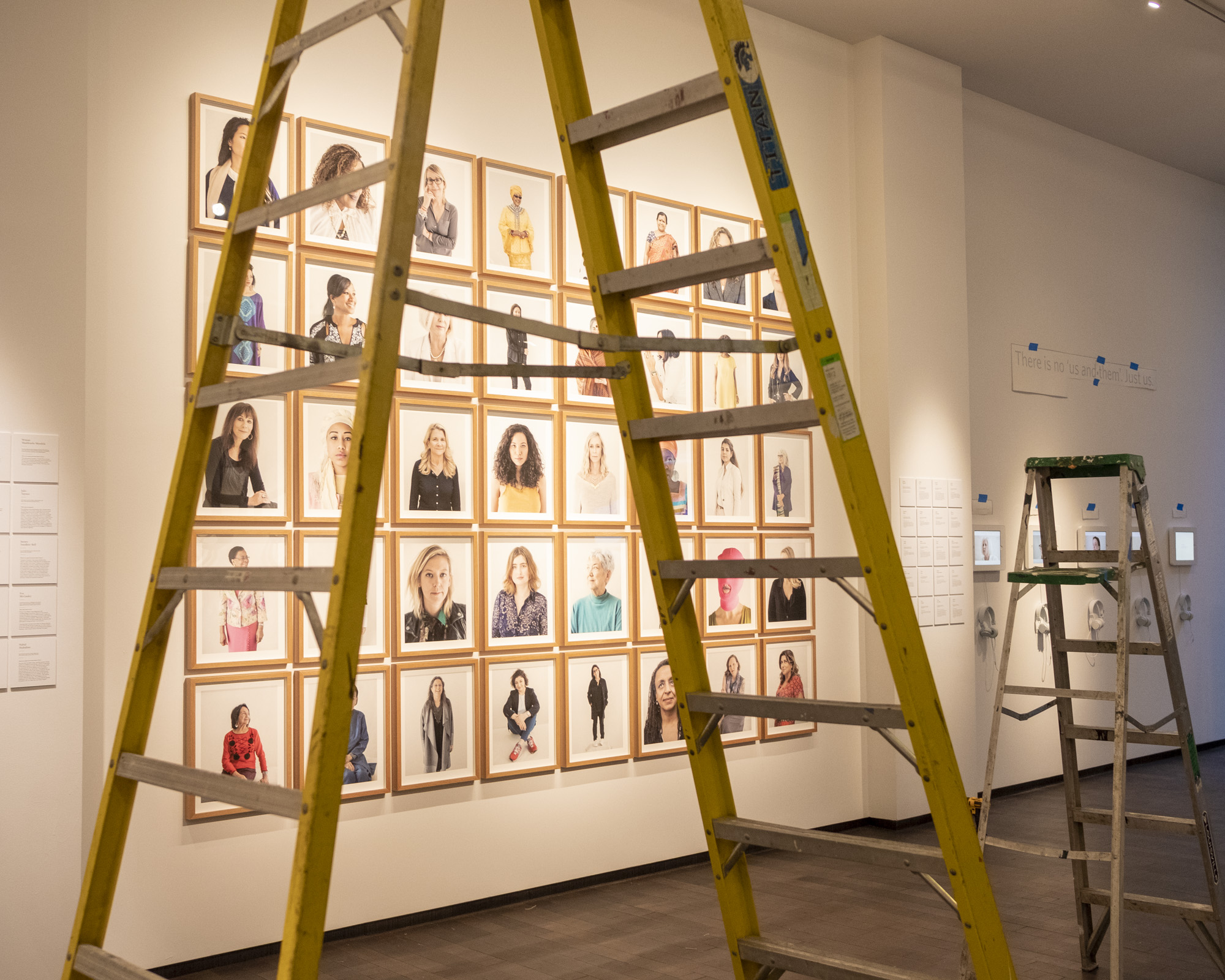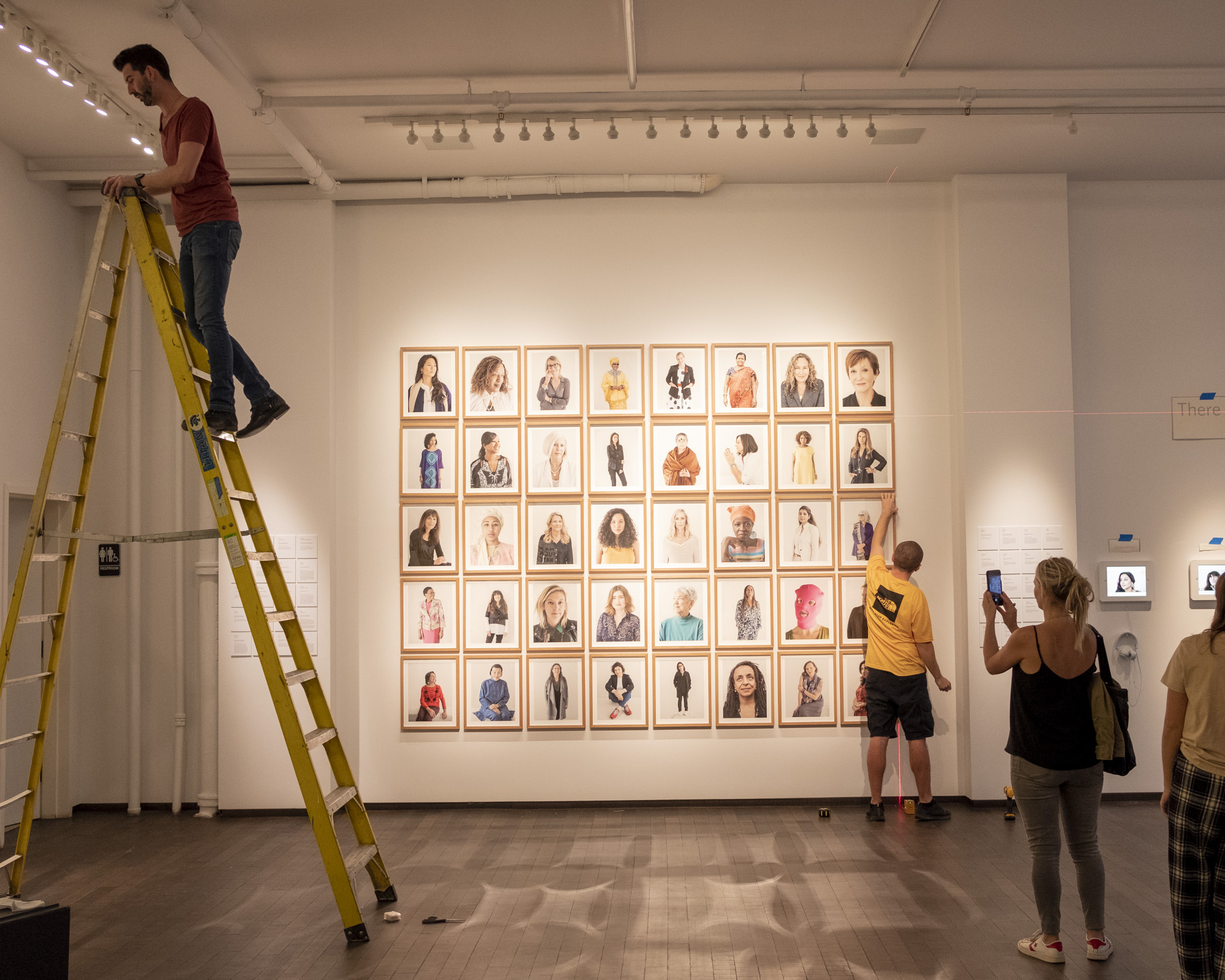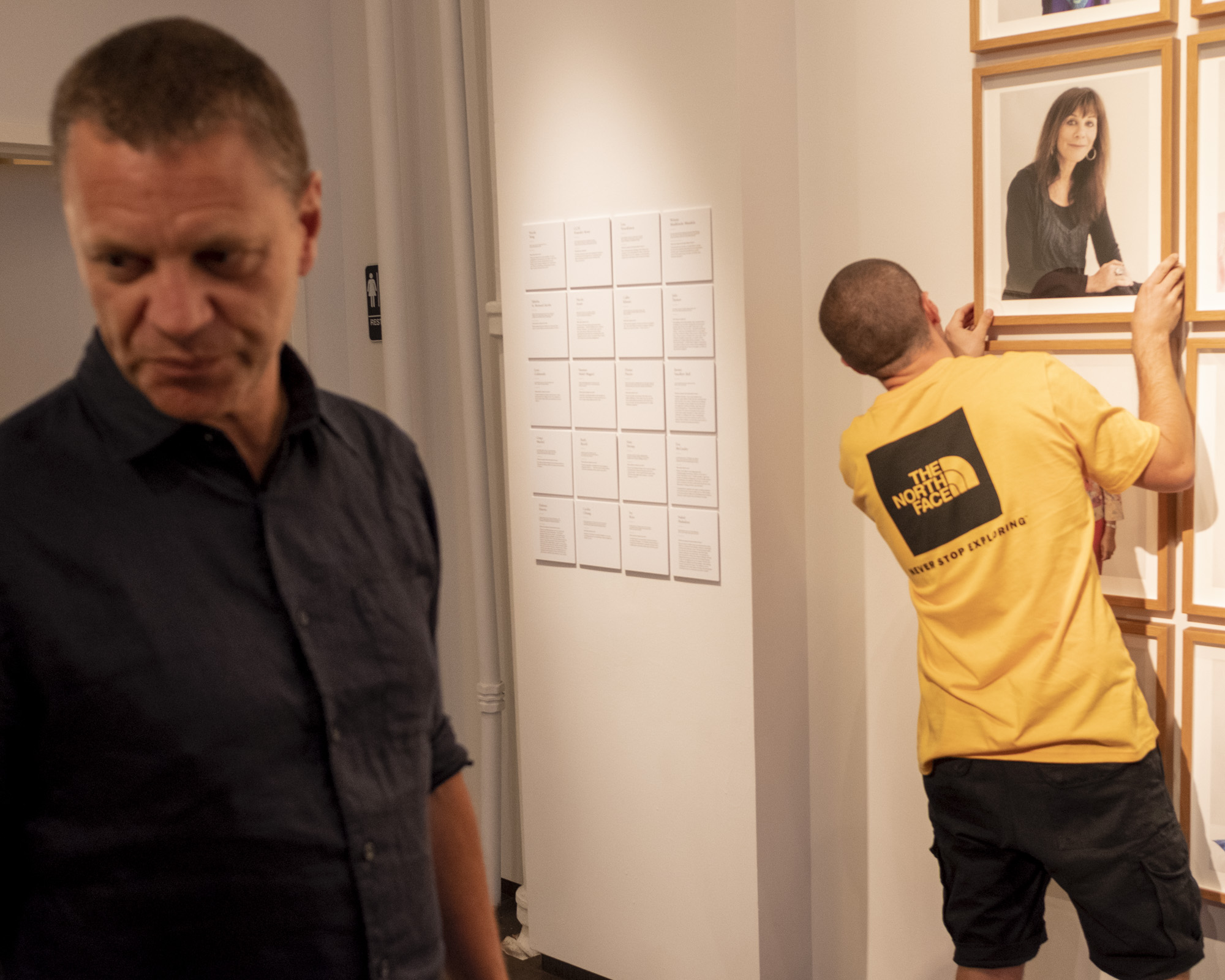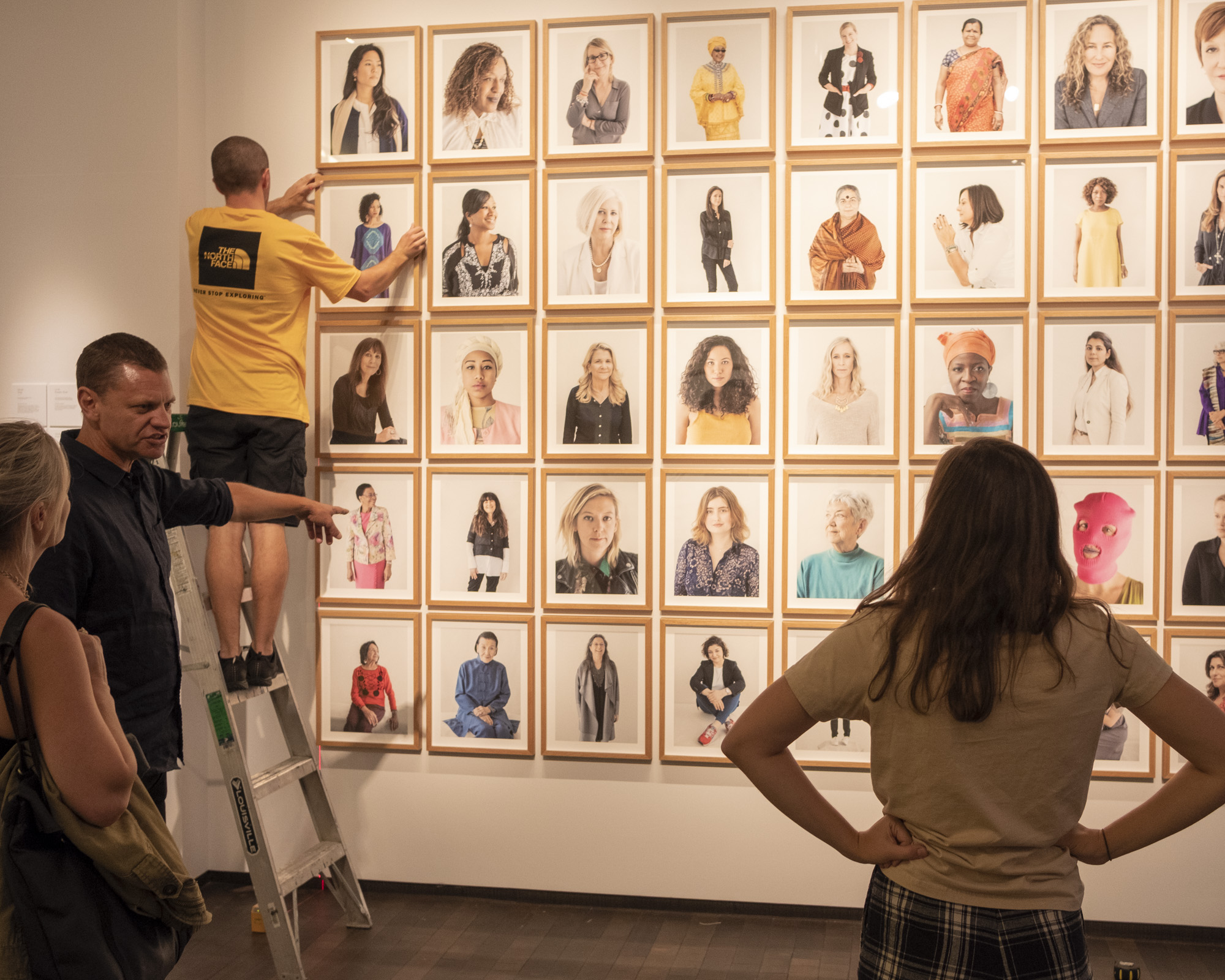Week 1. Part 2.
It's always a good idea to start with what you know. My photography practice has always been concerned with culture, domestic, recreational, industrial. I’m not a front line photographer – I’m a front room photographer. It’s how we eat, travel, work and play that interests me. So once the initial shock of the pandemic lifted and I could gather my thoughts I turned my attention to the domestic. How we were behaving as a species under stress was starting to show itself. Sometimes, noble, brave and kind and at other times, desperate, selfish and cruel. I started to think about the things we cling onto, require for survival or horde to satisfy a primitive need for comfort. I also thought about all those pictures that were being taken everyday by gangs of street photographers. The urban landscape was ripe with covid clichés, empty shops and highways, commuters with face masks, chalk drawings and official signs and notices, attempting to understand what was happening by photographing what was essentially nothing, an emptiness locked down with anxiety and compromise. It wasn’t useful or very satisfying.
Week 1. Part 3.
I started to gather a collection of objects from around our house, kitchen goods, medical supplies and equipment, things my partner and I made sure we had and things we thought might be helpful. I didn’t panic. Being a photographer who works in the primary industries I’ve seen first hand how much food we produce – and it’s a lot. At the moment NZ can feed around 40 million people. So I figured we’d last the couple of months we were in lock down just fine. But that didn’t stop the ravaging of supermarkets. Pasta, toilet roll, canned goods, hand sanitiser, alcohol – that weird combination of goods disappeared off the shelves and quickly became symbols of a global crisis.
Week 2 Part 4.
We walk our small neighbourhood every day. We walk to exercise Smokey our dog, take a break or just get out of the house. When we walk we talk – about all manner of things. During the first couple of weeks of lock down we talked less and spent more time noticing things. Stopping the industrial machinery of everyday life sucked all the interference out of the atmosphere. Things we would pass by everyday suddenly shouted at us from every direction. I noticed cracks in the paint on road markings, the colour of a fence, a view down a side street, a neighbourhood cat. With nothing to distract we were noticing everything. And so we walked, eyes open and silent. Discovering the obvious, we had been given a gift.
Week 3 Part 5
I have a theory, and because it’s my theory it only needs to make sense to me.
But – maybe you can relate.
Chaos, a word derived from the Greek, khaos and some other random French and Latin iterations I imagine has morphed from it’s ancient meaning of ‘vast chasm, void’ which it still relates to when discussing physics, to something very dear to my heart – mayhem.
Not the physical sort, I’m talking about the inner workings of the human mind. Take a minute and have a listen to your inner voice.. mine doesn’t shut up. It talks utter nonsense most of the time which I have the thankless task of sorting through and making sense of.
Before the Covid incarceration began I was talking with my good friend Adam Custins about doing a talk as part of the Kingsize Studio’s speaker series. I wanted to talk about process – more specifically ‘the Distillation of Chaos’. The narrowing down of ideas and information, trying to find meaning and direction within a broad project, subject or idea.
It occurred to me that while I was busy making pictures for this pandemic inspired collection that I was actually doing precisely that. Wandering the neighbourhood snapping at all the metaphors, and bumbling around in the studio trying to inject meaning into inanimate objects. I talked to photographer friends, listened to podcasts and joined zoom lectures on writing, photography and cartoons (the holy grail of social scrutiny). Eventually I found a quiet place amongst the chatter and got on with the work I’m posting now. It took about 3 weeks to find something I understood to be – at least to me – truthful, which in turn helped to populate the tangled ball of sting that is my conscious mind with a little meaning.
Week 3 Part 6
Deep within the circle of uncertainty and latent horror that is the current, most pressing of catastrophes, lies a plentitude of baseline tragedies.
The things that trip us up, hurt us and push us off track. It’s all we can do sometimes to stay focused even when there isn’t a pandemic.
Everything that hurts us hasn’t taken time off, giving Covid19 some space to flex its muscles - no such luck. Life goes on and with it the bumps and scrapes we all sign up for. The very idea that we can - for the most part, cope with all these ordeals is a great testament to the human spirit and dogged fortitude that got us to this point to begin with.
Week 4 Part 7
When it’s over and the dust settles there will be plenty of political players and heads of business lobby groups yelling about how the response to Covid19 could have been done differently. Given that this set of circumstances has never been experienced before – brought on by a virus no one has the faintest clue about, in a time when we expect all the freedoms a global economy have to offer but without taking responsibilities for any of the consequences of that global connectivity seems a little pointless and pithy. Use your privileged position to support others who don’t have the security offered by your status. In other words sit down and shut up – let the peoples voice be heard for a change – I’m not interested in your economy over other people’s lives theory or the micro analysis of the rule of law – not right now. We all have a right to life – that’s right – all of us. The economy will recover, the citizen army will make sure of that, but the deep pain and sorrow of the loss of a loved one does not – it sits forever on our hearts, a maker of a time that all of us suffered through and most of us, thanks to strong leadership – survived.




